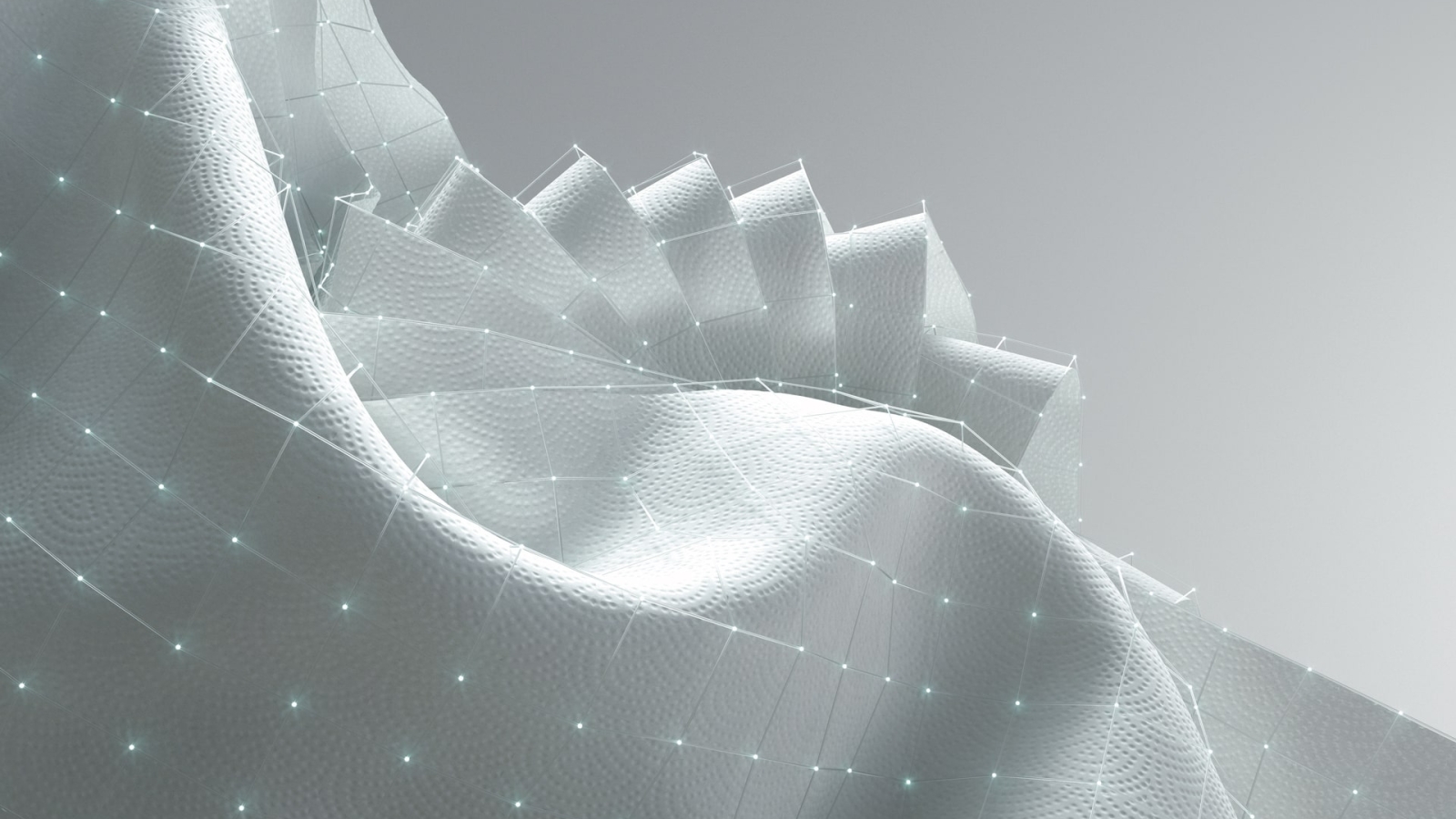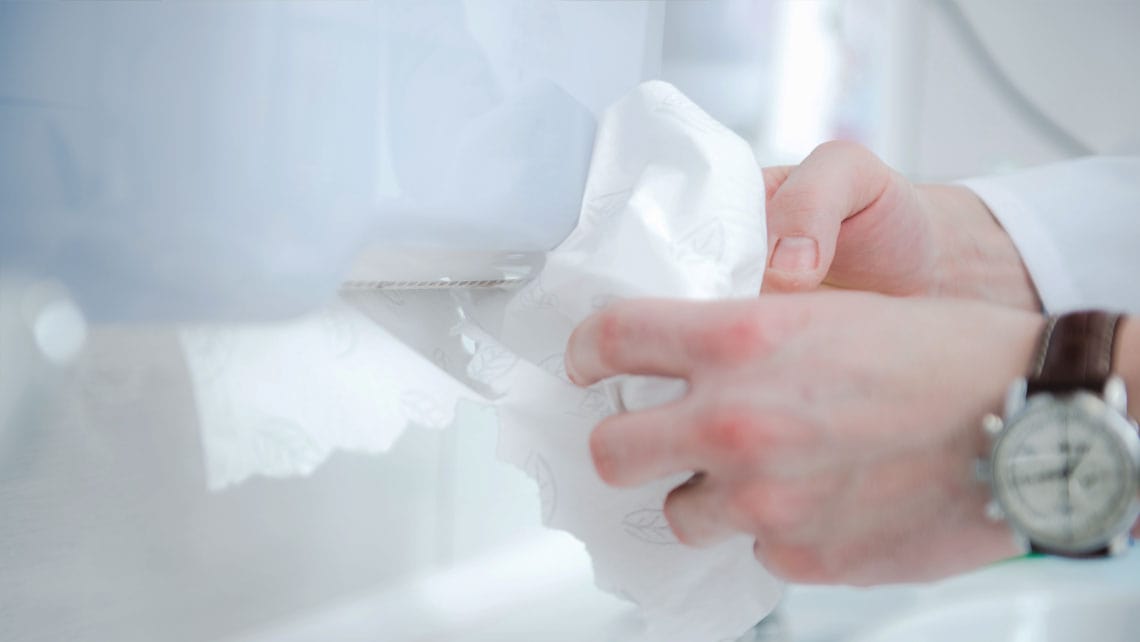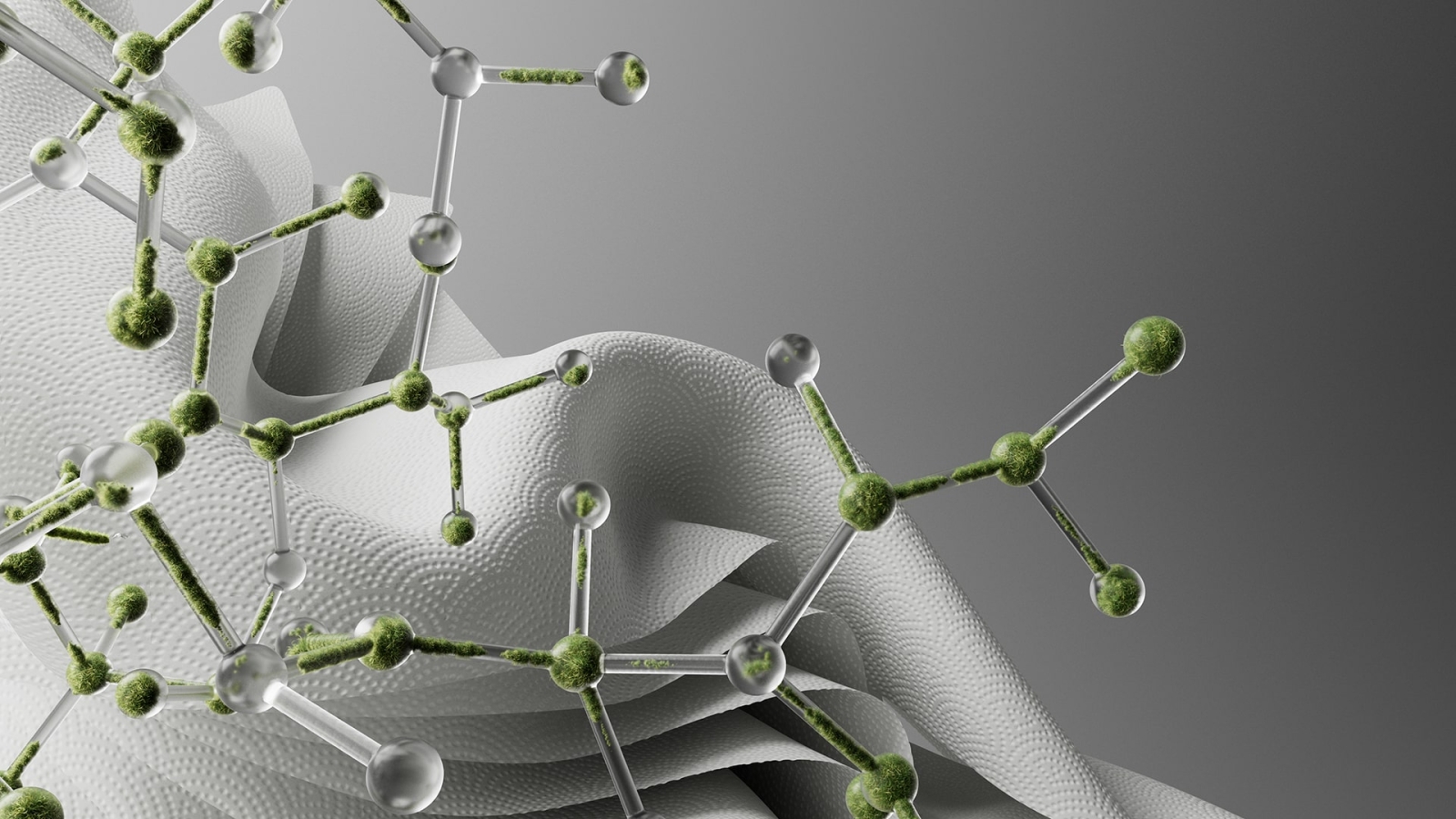Effective dust control has become a critical success factor for today’s tissue manufacturers. As the industry pushes to deliver superior softness that consumers demand, issues related to dusting in the tissue production process have increased. Dusting creates multiple challenges: it compromises product quality and reduces both paper machine efficiency and converting performance. Moreover, airborne dust poses significant workplace health concerns for mill personnel and increases fire risks at the mill due to dust buildup in the machine and on surfaces.
“Effective dust control plays a key role in ensuring production efficiency and maintaining high product quality. It helps manufacturers strike the right balance between softness and operational performance,” says Lucyna Pawlowska, Principal Specialist, Application Excellence at Kemira.
Transforming tissue dust measurement
Lucyna has been instrumental in developing a game-changing method for efficient dust control that helps mills mitigate dust and optimize their processes. Kemira KemView™, a proprietary Sheet Structure and Dust Analyzer, has transformed traditional dust and lint measurement techniques by going beyond what can be observed with the naked eye.
Typically, manufacturers rely on visual observations and collecting dust from machine and equipment surfaces only after substantial production runtime. KemView enables analysis directly on the tissue sheet surface. The measurement tool quantifies and classifies dust and lint particles – fibers, fines, starch, and ash – by size and provides precise and actionable data for process improvements.
“Our method provides a fast and reliable analysis of the dust content, allowing for better dust control. This insight is key to troubleshooting sheet quality and production issues, optimizing refining or making chemical adjustments,” explains Lucyna.
Understanding the root causes of tissue dusting
The industry’s pursuit of enhanced softness has led many tissue producers to substantially increase the use of short hardwood fibers, particularly eucalyptus, in their production. While these shorter fibers help create the softness consumers prefer, they are also inherently more prone to generating dust during production.
“Most tissue dust is created during the creping process, and manufacturing choices made to enhance softness often contribute to dust generation,” says Lucyna.
Most tissue dust is created during the creping process, and manufacturing choices made to enhance softness often contribute to dust generation.
Most tissue dust is created during the creping process, and manufacturing choices made to enhance softness often contribute to dust generation. For example, for ultra-soft tissue grades, producers often reduce sheet moisture to extremely low levels during creping, which dramatically increases dusting. Similarly, manufacturers who utilize multilayer headboxes and apply eucalyptus at the outer Yankee layer expose these short fibers directly to the forces of the creping blade, which intensifies the problem.
“The increasing use of recycled fiber also increases dusting due to the weaker fiber quality,” Lucyna notes. “Additionally, mechanical refining, often used to develop tissue strength, leads to excessive fines formation that further increases dusting issues.”



